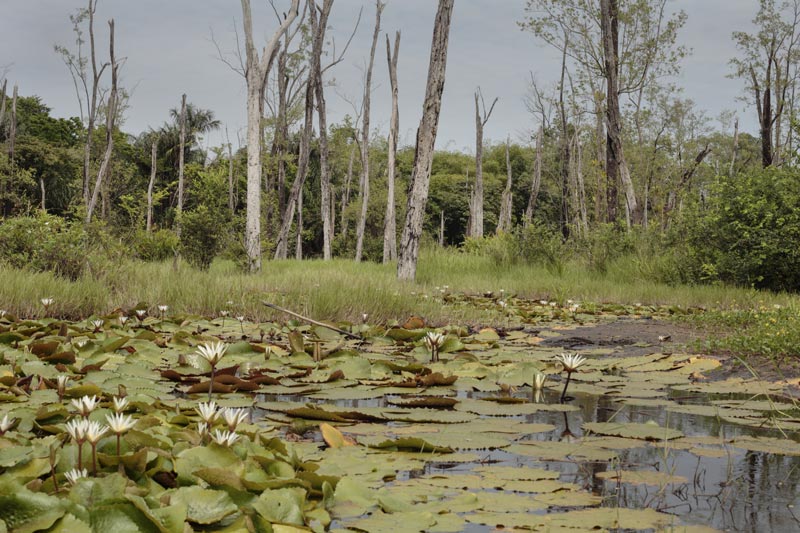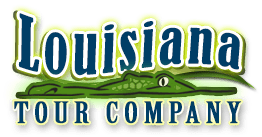Cajun Connections: How Wetlands Shaped Louisiana Culture

There’s a lot that can be said about the swamps of Louisiana, but let’s get one thing clear right off the bat—they’re not just waterlogged forests filled with mosquitoes and the occasional alligator eyeing you like you’re the special of the day. These wetlands are alive. Not just biologically (though yes, plenty of that), but culturally. The bayous have raised families, fed communities, inspired legends, and created a way of life that could only exist here, in this ever-sinking, ever-swirling corner of the South.
The wetlands didn’t just shape the land. They shaped the people.
Built on Water and Wits
The early Cajuns didn’t set up shop in the swamp because they loved humidity. They did it out of necessity, survival, and a little bit of stubborn independence. Swamp life was tough. The ground was soggy, the bugs were relentless, and the neighbors often had scales. But the wetlands also offered fish, crawfish, fertile soil, and natural protection. In other words, the land gave—but only if you knew how to ask nicely and didn’t try to outsmart Mother Nature.
Settlements popped up along the bayous, not because it was easy, but because it worked. A raised house here, a pirogue there, and a few chickens who learned to swim just in case. Life moved at a different pace—slower, sweatier, and more rooted in community than in convenience.
Fishing: Less Hobby, More Heritage
In other places, fishing might be a Saturday pastime. Here, it’s tradition with a side of dinner. Generations of Cajun families have lived off the swamp—catching shrimp, trapping crawfish, setting trotlines, and generally pulling dinner straight from the water, still wiggling.
Knowing where to fish and when to fish isn’t something learned from a YouTube video. It’s passed down. Techniques vary, stories stretch (sometimes longer than the fish themselves), and every local has a “secret spot” that just so happens to be the same one every other local uses.
Fishing is less about sport and more about identity. And let’s be honest, any dish that starts with “first, you make a roux” probably had a critter from the swamp in it.
Folklore: Where Truth Meets a Good Story
The swamp doesn’t just feed the stomach—it feeds the imagination. Spend a quiet night out on the bayou and suddenly every creak, splash, and hoot becomes part of a legend. Cajun folklore thrives on the edges of these wetlands, often delivered with a grin and a shrug.
Tales of the Rougarou—a werewolf-like creature with a Cajun twist—have haunted children and entertained adults for generations. But that’s not the only tale. There are whisperings of haunted swamps, ghostly pirates, and even a moss-draped spirit or two who just want someone to finish their gumbo recipe.
Storytelling is an art form out here. It’s part cautionary tale, part family bonding, and part performance. Nobody really knows how much of it is true, and honestly, nobody’s trying too hard to fact-check it.
Food: Swamp-to-Table Before It Was Trendy
In Louisiana, food isn’t just cooked. It’s created—with stories, pride, and whatever’s fresh from the water or nearby woods. The wetlands taught people how to use every part of what they caught. Nothing was wasted, everything was seasoned, and somehow even nutria found its way onto the plate once or twice (don’t knock it till you’ve tried it, or at least watched someone else try it).
Dishes like gumbo, jambalaya, and étouffée all started with local ingredients. Fish, shrimp, crab, gator—whatever was biting or scuttling that week made it into the pot. Cooking wasn’t a chore; it was an expression of place, family, and how many people you could fit into the kitchen before the floor started creaking.
Architecture with a Purpose (and a Porch)
Houses in the wetlands had to adapt just like the people. Raised cottages, shotgun shacks, and cabins on stilts weren’t architectural styles—they were survival strategies. Floods came and went, but homes were built to handle them. Materials were local, porches were wide, and every home came with a built-in understanding that water was always just one storm away from being a houseguest.
Shutters weren’t just for decoration, and tin roofs weren’t just quaint—they were necessary. And let’s not forget the screens. Anyone who’s ever spent a summer near a swamp knows that if you don’t have screened windows, you’re either incredibly brave or just don’t value your blood.
Music: The Soundtrack of Swamp Life
What do you get when you mix French ballads, African rhythms, a fiddle, an accordion, and a washboard? Cajun music, that’s what. Born from evenings on porches, backyard fais do-dos, and roadside dance halls, this music became the voice of the wetlands.
Songs often speak of lost love, good times, and the occasional storm blowing through. The rhythm matches the heartbeat of the region: steady, persistent, and full of life. Whether it’s played in a dance hall or on the deck of a boat, this music reflects the people who live where water, land, and sky constantly wrestle for space.
A Culture Worth Floating For
The wetlands of Louisiana aren’t just ecosystems—they’re cultural time capsules. Fishing, folklore, food, and fiddles all stem from the same place: a way of life rooted in water, shaped by survival, and seasoned with a sense of humor.
Out in the swamp, everything has a story. The trees lean a little sideways, the houses sit on stilts, and the locals tend to do things their own way. And somehow, through hurricanes, heatwaves, and high tides, the culture still floats—paddle in hand, gumbo pot on the stove, and a fiddle playing somewhere in the background.
If that’s not resilience with a side of spice, not sure what is.
